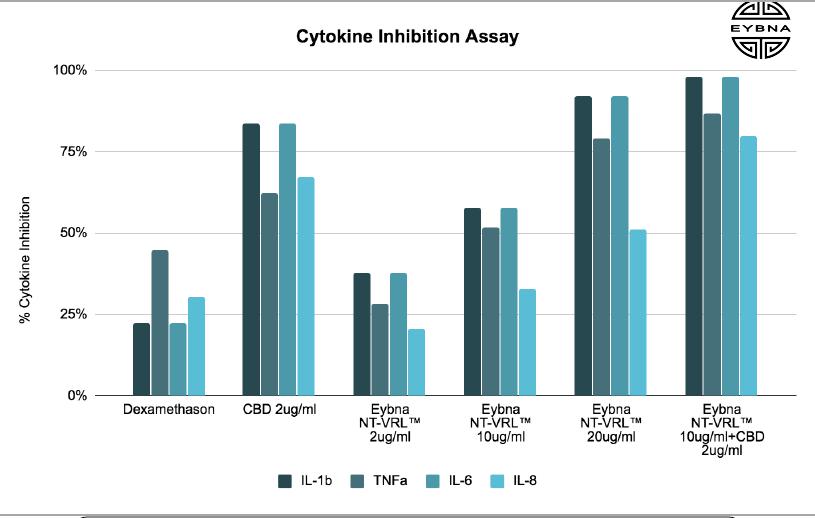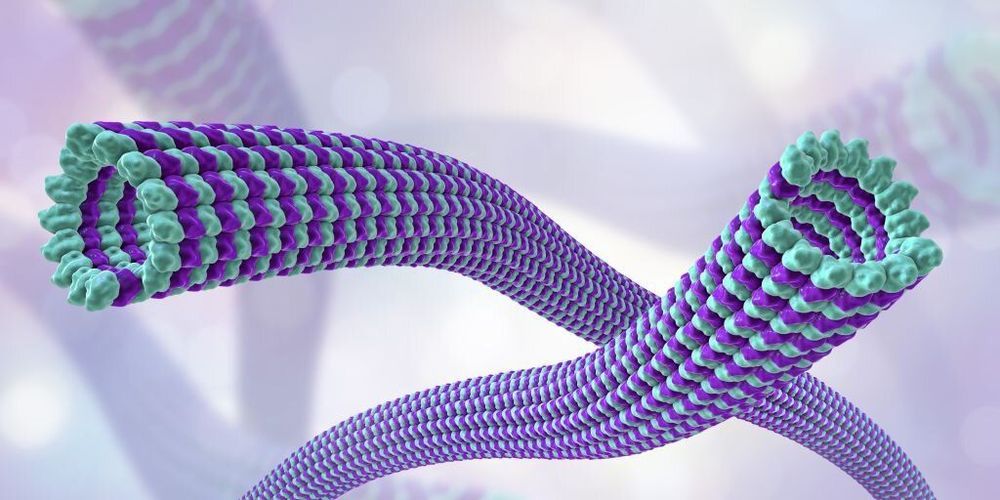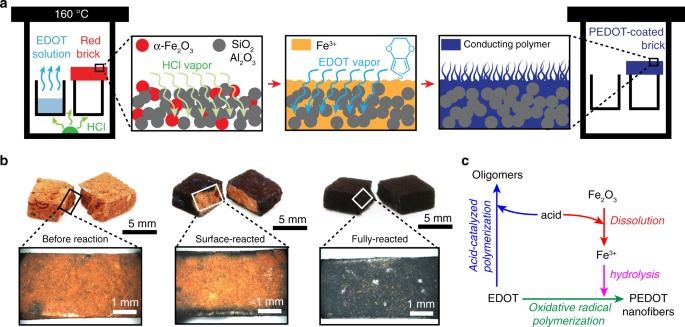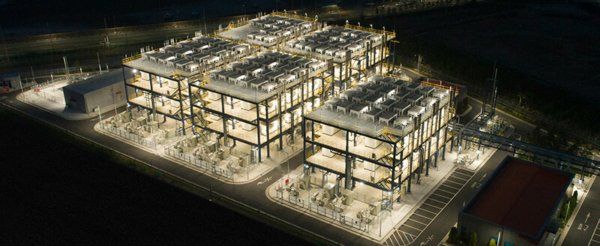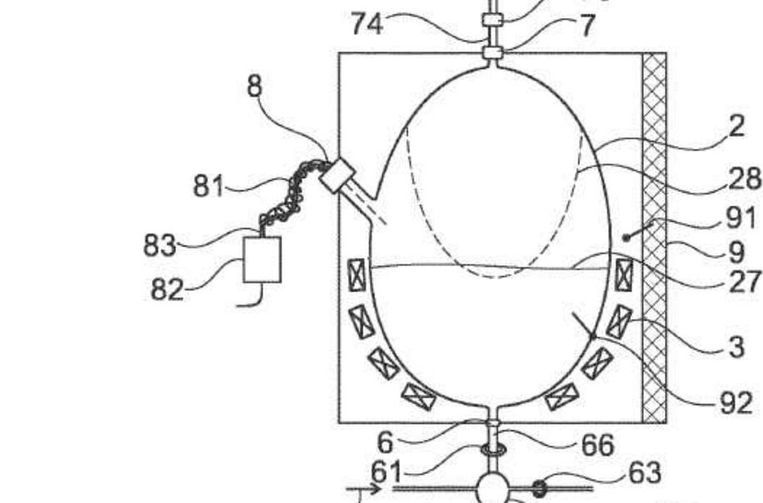Aug 17, 2020
New ‘PEDOT’ Polymer May Allow Human Brain to Merge With AI, Cure and Detect Diseases, Scientists Say
Posted by James Hampton in categories: biotech/medical, chemistry, robotics/AI
The discovery has led to a new polymer that allows humans to integrate electronics into the brain after challenges with substances such as gold, steel and silicon resulted in scarring of organic tissue.
A major breakthrough in materials research may allow the human brain to link with artificial intelligence, it was announced at an American Chemical Society Fall 2020 event on Monday.
Scarring due to previously used materials can block electrical signals transmitted from computers to the brain, but University of Delaware researchers developed new types of polymers aimed at overcoming the risks.

